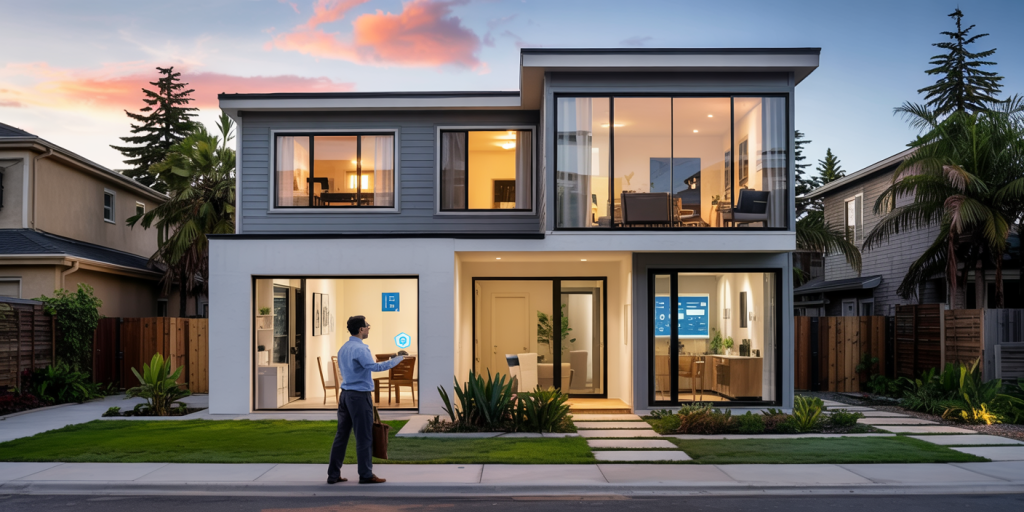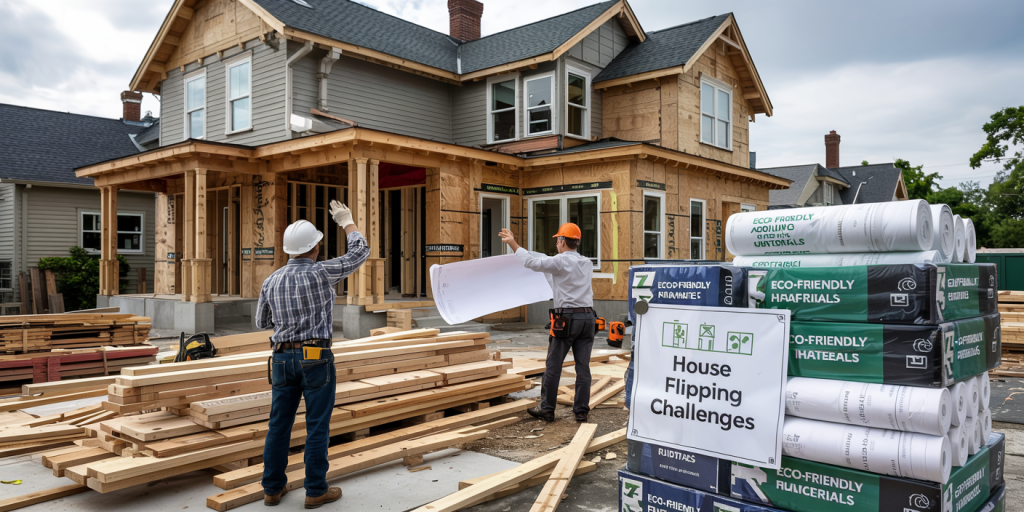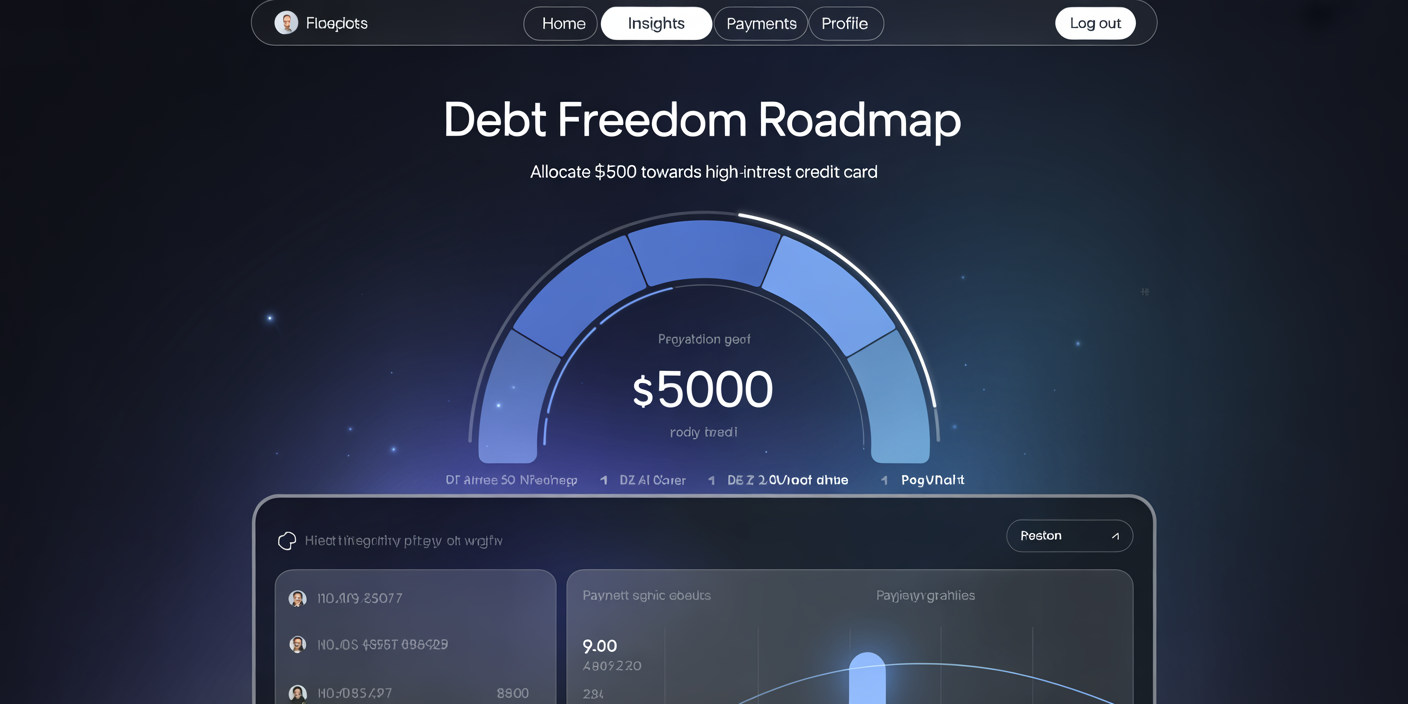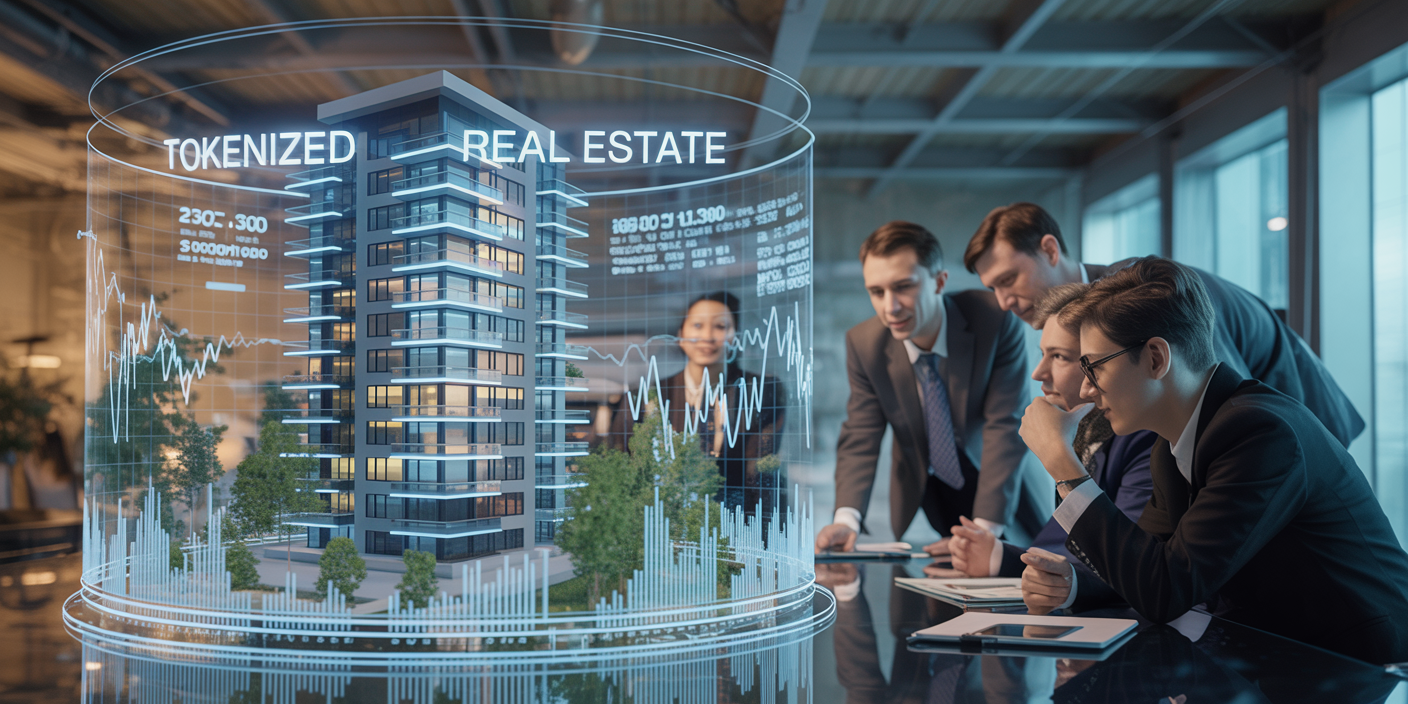House Flipping in 2025: Comprehensive Risks vs. Rewards Analysis
Anúncios
The real estate sector continues to evolve rapidly, and house flipping has emerged as a popular investment strategy for many individuals seeking lucrative returns. In 2025, the dynamics of house flipping are shaped by shifting market conditions, changing consumer preferences, and economic uncertainties. This article delves deeply into the risks and rewards of house flipping in 2025, providing investors with an extensive understanding to make informed decisions.
The Current Landscape of House Flipping
House flipping involves purchasing properties, renovating them, and selling them for a profit within a relatively short timeframe. In recent years, rising property prices and fluctuating mortgage rates have created a mix of opportunities and challenges for flippers.
Anúncios
According to the National Association of Realtors (NAR), the median profit on flipped homes in 2023 was $65,000, down from $80,000 in 2021, reflecting cooler market conditions and increased material costs. This trend is expected to continue into 2025, where prospective flippers must navigate more nuanced market factors such as supply chain disruptions and labor shortages.
For instance, a notable case in Dallas, Texas, saw an investor purchase a dated 3-bedroom home for $250,000 in late 2024. After investing $50,000 in renovations focusing on open-concept design and energy-efficient upgrades, the house was sold for $350,000 in the first quarter of 2025. The $50,000 gross profit was positive until unexpected property tax reassessments and rising interest rates eroded net gains.
Anúncios
Evaluating Financial Risks and Market Volatility
One of the greatest risks house flippers face is financial exposure due to market unpredictability. Flipping demands substantial upfront capital not just for acquisitions but also for repairs, permits, and carrying costs, such as mortgage payments and property taxes during the renovation phase.
In 2025, interest rates remain elevated compared to the ultra-low rates seen in the early 2020s. According to the Federal Reserve, the average 30-year fixed mortgage rate stood at 6.7% in early 2025, leading to higher borrowing costs. Consequently, cash flow pressure mounts, especially when market appreciation slows. For example, in metropolitan areas like San Francisco and New York, higher mortgage rates reduced buyer affordability, translating to longer holding periods and increased carrying costs.
Market fragmentation also poses volatility risks, as certain regions experience robust demand and price appreciation, whereas others face stagnation or decline. A comparative analysis of price growth from 2023 to 2025 highlights this disparity:
| Region | Average Price Growth (%) | Average Days on Market | Median Flipping Profit ($) |
|---|---|---|---|
| Sun Belt (e.g., Phoenix) | 8.5 | 25 | 70,000 |
| Rust Belt (e.g., Detroit) | 2.0 | 60 | 30,000 |
| Northeast (e.g., Boston) | 4.7 | 45 | 45,000 |
| Pacific Northwest (e.g., Seattle) | 6.1 | 35 | 55,000 |
This table illustrates that region selection is crucial. House flippers in high-demand areas enjoy quicker sales and better profits but often face higher entry costs and competition, while those in slower markets must be cautious of liquidity risks.

Construction and Renovation Challenges
Renovation forms the backbone of house flipping, directly impacting the potential value uplift. However, in 2025, supply chain disruptions and skilled labor shortages continue to inflate construction costs and timelines.

A 2024 report by the Associated General Contractors of America showed that 70% of contractors faced supply delays, while 68% cited labor shortages as barriers. This translates to unpredictability in renovation budgets, making it difficult for flippers to lock in costs early.
To illustrate, a Florida-based investor planning a modern kitchen remodel underestimated the price of appliances and cabinetry by 15% due to rising tariffs and logistical delays. The resultant cost overrun squeezed profit margins by nearly 10%, demonstrating how vendors’ unpredictability can harm profitability.
Additionally, building regulations have tightened, particularly regarding environmental sustainability. Many municipalities now require energy-efficient windows, solar-ready roofs, or green materials. While these features appeal to eco-conscious buyers and can increase sale prices, they necessitate higher upfront investments and familiarity with permit processes.
Legal and Regulatory Considerations
House flipping involves navigating complex legal frameworks, which have become more rigorous in 2025. Laws around zoning, building codes, and landlord-tenant regulations impact feasibility and project timelines.
In particular, some cities are imposing restrictions on rapid resale to combat speculative flipping and housing affordability crises. For example, New York City introduced a law in early 2025 requiring a minimum 12-month holding period before resale to deter short-term flipping, penalizing violations with hefty fines.
Moreover, tax implications are significant. The IRS treats profits from house flipping as ordinary income rather than capital gains unless the property is held for more than a year. This can lead to higher tax rates, reducing net returns. According to Deloitte’s 2025 tax analysis report, short-term flipping profits may be taxed at rates upwards of 35%-40% depending on income brackets.
Flippers should also be vigilant about disclosure obligations. Failing to disclose known defects or renovation work to buyers can result in legal disputes and costly settlements. A high-profile case in Atlanta in 2024 saw a flipper sued for nondisclosure of structural issues leading to a $200,000 judgment, underscoring the importance of transparency.
Strategic Advantages and Market Rewards
Despite the risks, house flipping offers compelling rewards for savvy investors. When managed effectively, flipping can generate significant capital gains and enable portfolio diversification.
One major advantage in 2025 is the growing appetite for renovated homes that combine modern amenities with affordability. Millennials and Gen Z buyers value smart home features, energy efficiency, and aesthetic appeal, which flippers can provide to differentiate their offerings.

For example, a Chicago investor leveraged smart thermostats, LED lighting, and sustainable materials in flipping a bungalow, achieving a 20% price premium over comparable unrenovated homes in early 2025. This aligns with research from Zillow stating homes with green credentials sell 5%-10% faster and at higher prices.
Flipping also benefits from technological advancements. Digital tools like AI-powered renovation cost estimators, virtual staging software, and online marketplaces streamline processes and reduce errors. This improves decision-making and marketing effectiveness.
Additionally, flipping can be an excellent way to build credit and access leverage. Successful flips recorded by firms like HomeVestors report that consistent profits improve investors’ creditworthiness, enabling access to better financing terms for future projects.
Practical Comparative Analysis: Flipping vs. Buy-and-Hold
Investors often weigh house flipping against long-term rental investments. Each strategy has unique risk/reward profiles.
| Factor | House Flipping | Buy-and-Hold Rental |
|---|---|---|
| Capital Commitment | High upfront capital, short duration | Long-term capital, steady cash flow |
| Risk Profile | High market and renovation risk | Lower volatility, risks from tenant issues |
| Profit Realization | Quick, one-time gain | Gradual through rental income and appreciation |
| Tax Treatment | Taxed as ordinary income | Possible capital gains, depreciation benefits |
| Management Intensity | High during renovation and sale | Ongoing landlord responsibilities |
| Market Dependency | Highly sensitive to market timing | More resilient during downturns |
Understanding these trade-offs helps investors decide their preferred approach based on risk tolerance and financial goals.
Future Perspectives: Trends Shaping House Flipping Beyond 2025
Looking ahead, several emerging trends will redefine house flipping in the mid to late 2020s.
First, increasing emphasis on sustainability will make green renovations not just a bonus but a requirement in many jurisdictions. Flippers who adapt early to solar integration, water conservation, and energy efficiency will gain competitive advantages.
Second, technology integration will deepen. AI tools will predominate in property selection, market forecasting, and renovation planning. Blockchain may introduce more transparent ownership records, reducing title fraud risks.
Third, demographic shifts driven by evolving remote work patterns will influence target markets. Secondary and tertiary cities are likely to see rising demand for affordable renovated homes, providing new flipping hotspots.
Lastly, regulatory environments will continue tightening, particularly concerning housing affordability. Flippers should anticipate stricter resale controls and enhanced disclosure requirements.
In summary, while house flipping in 2025 presents significant challenges from financial, construction, and regulatory perspectives, well-informed investors who leverage technology and market trends can reap substantial rewards. Awareness of risks coupled with strategic planning will be key to success in this dynamic real estate niche.



Post Comment